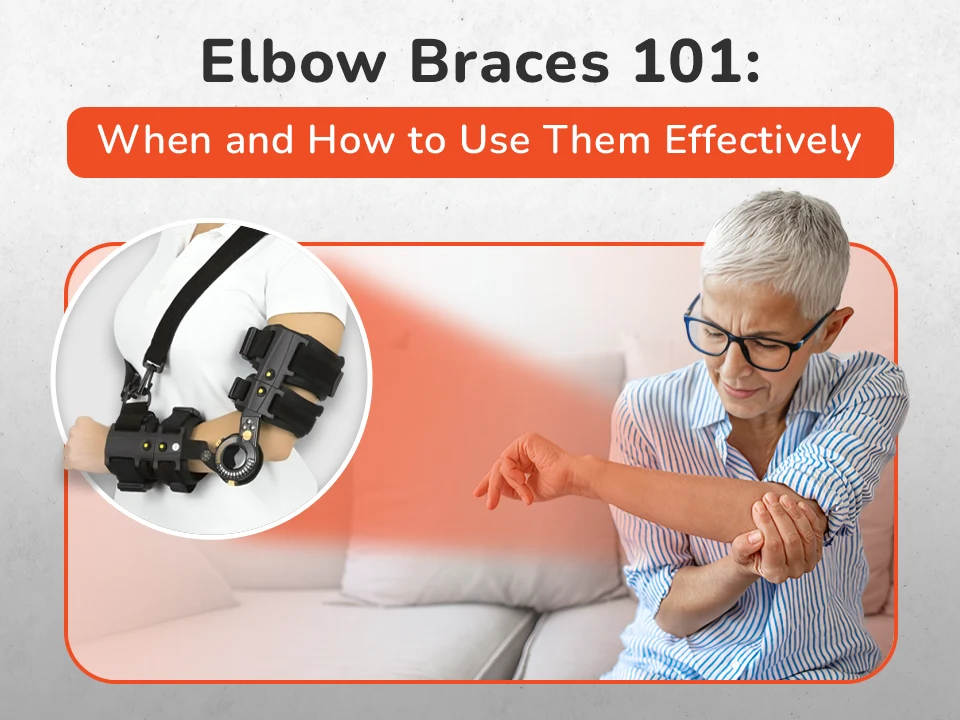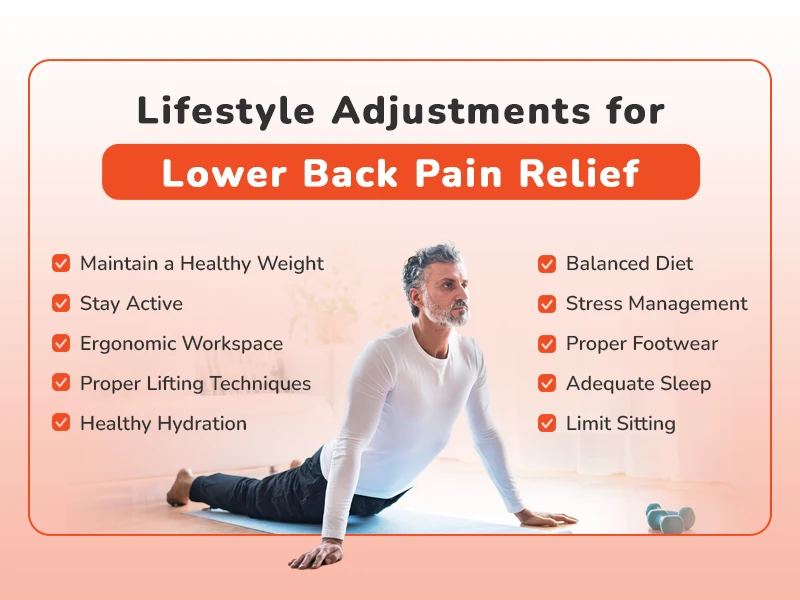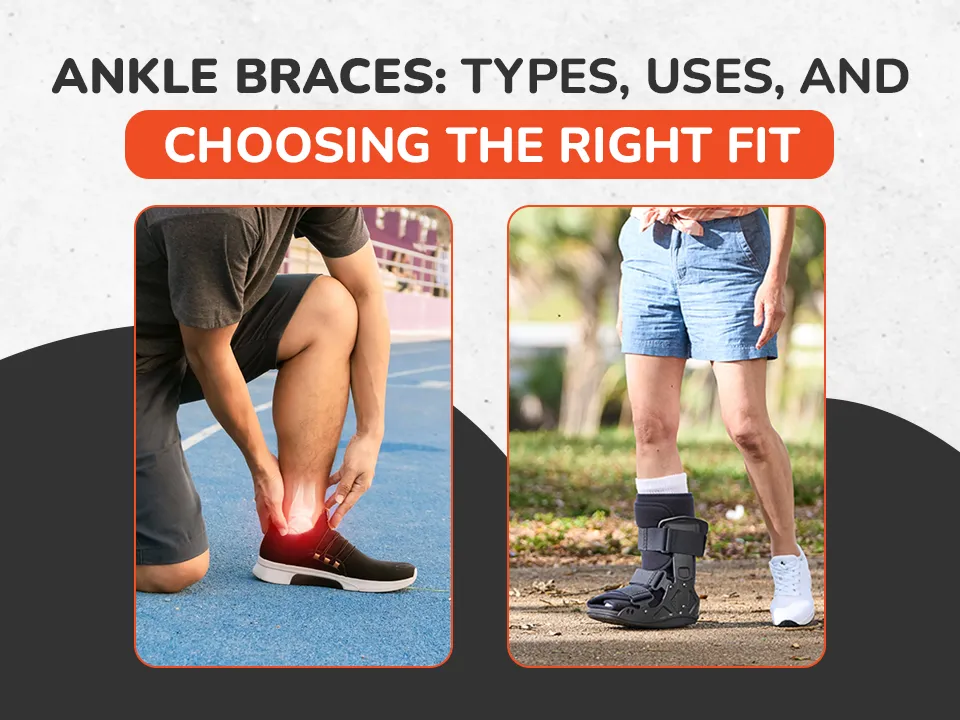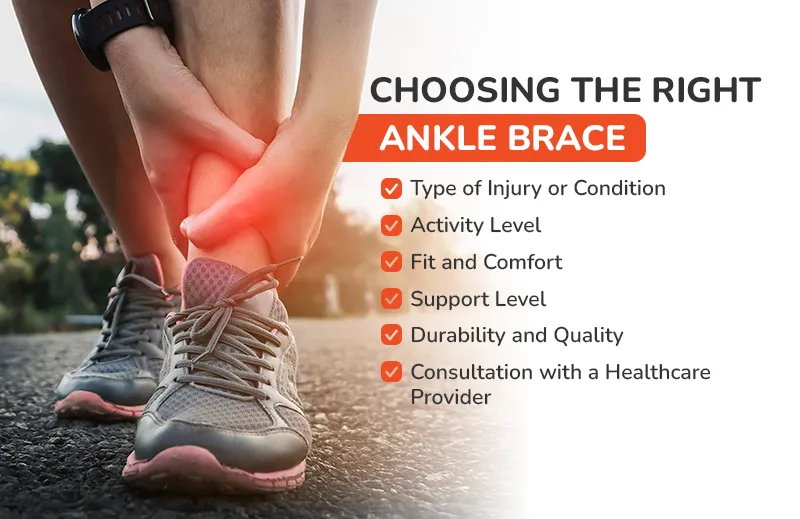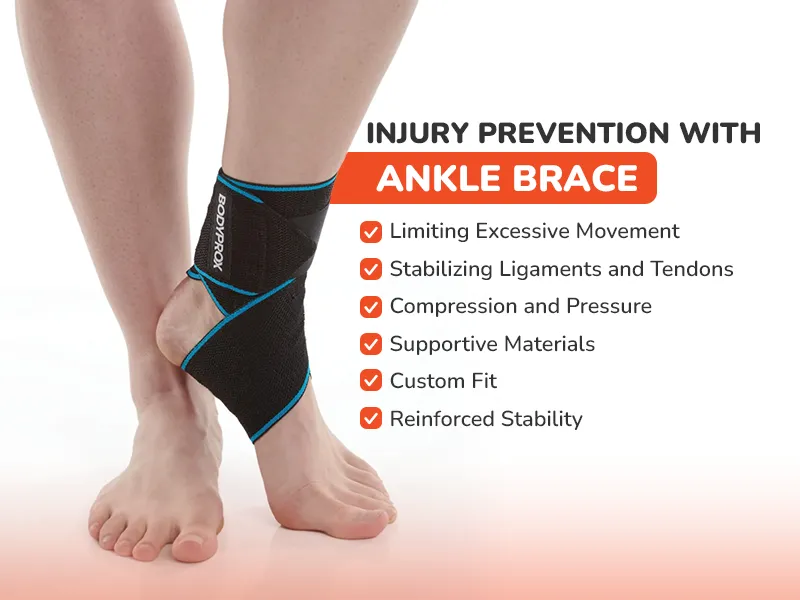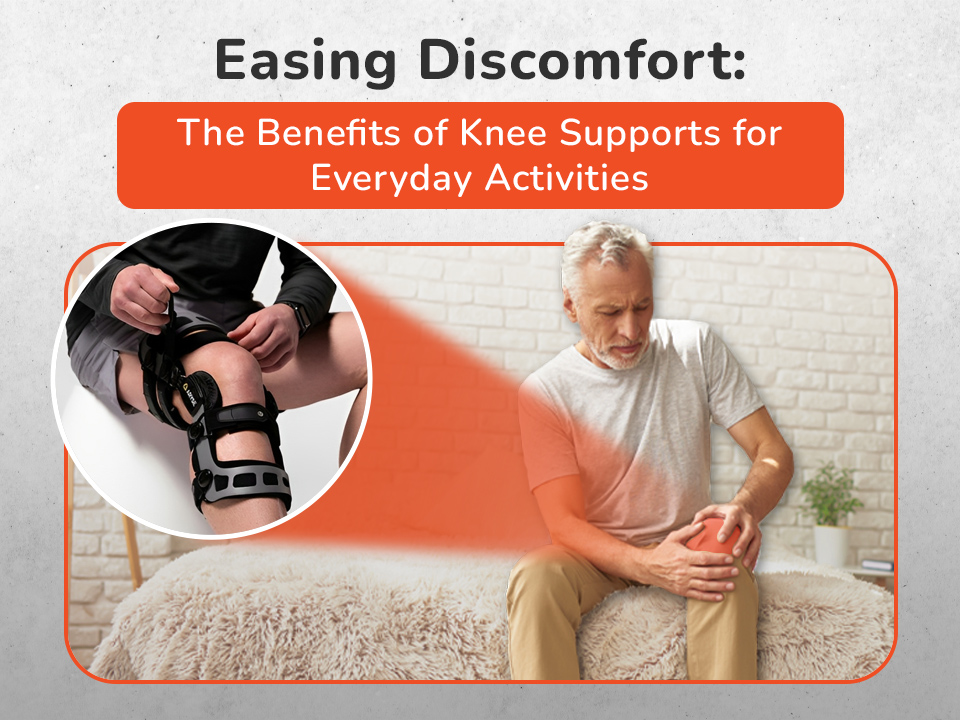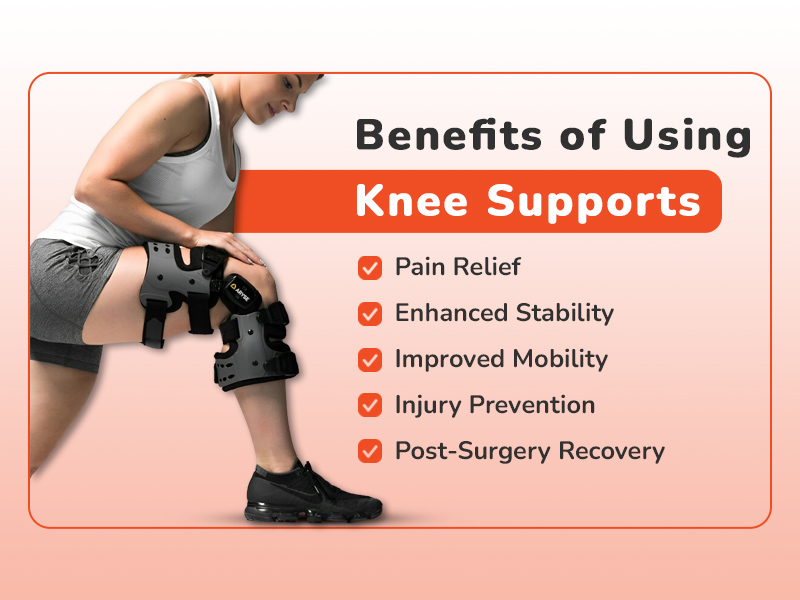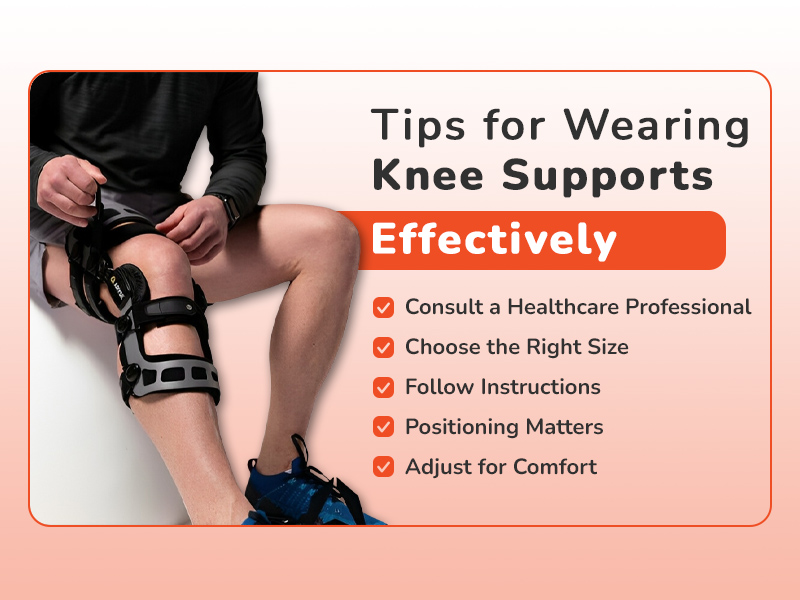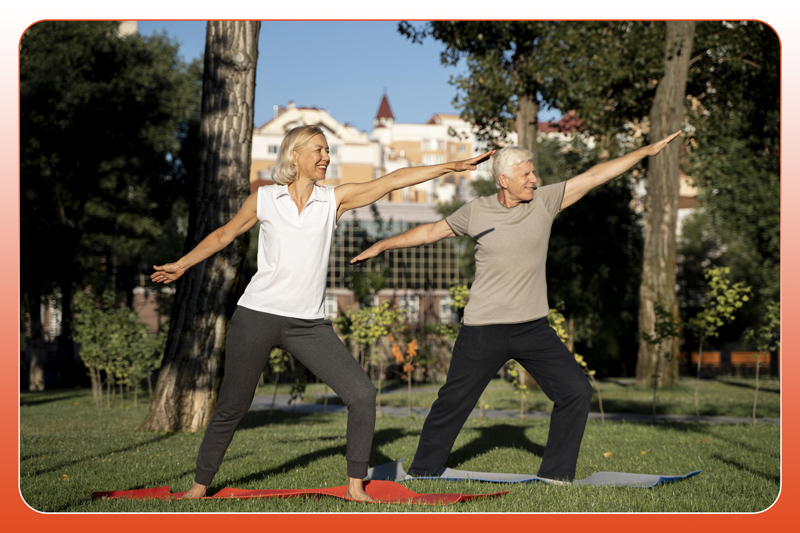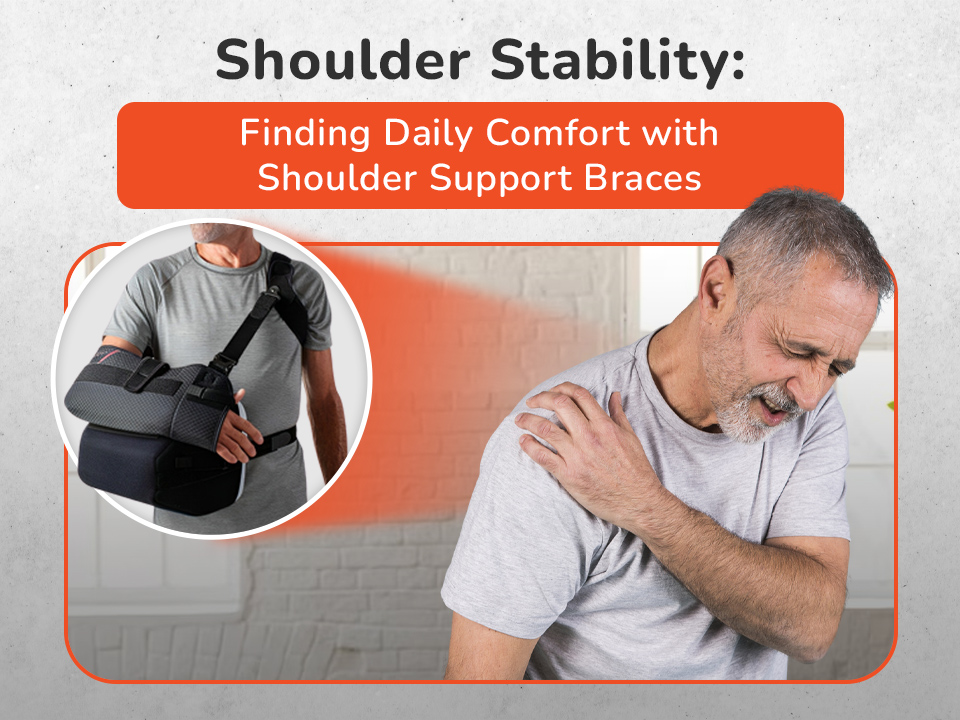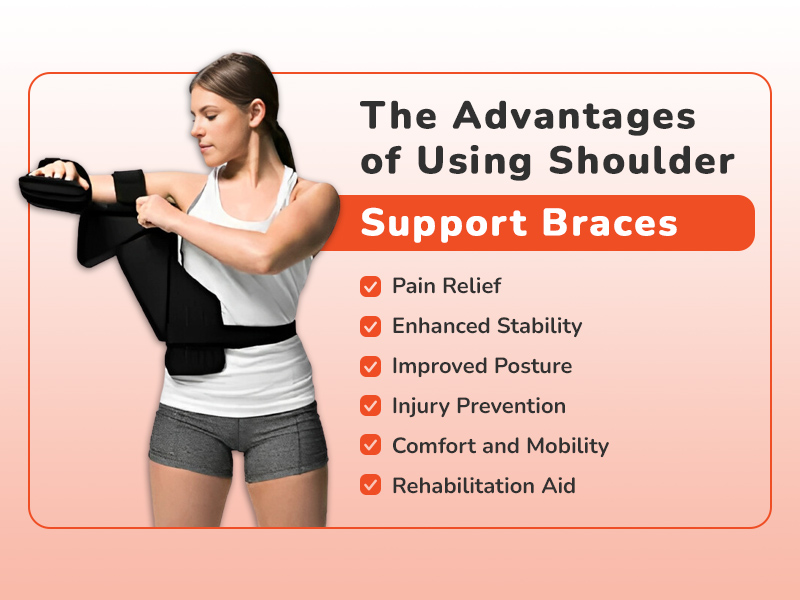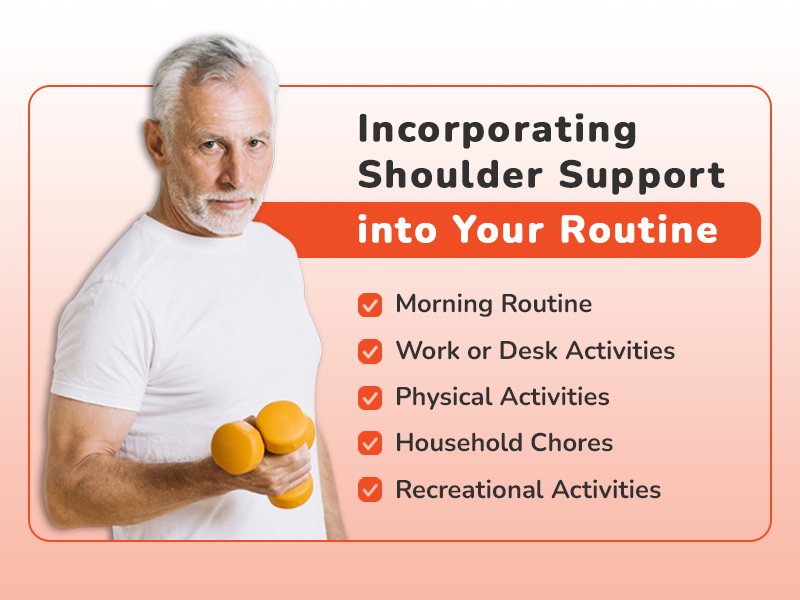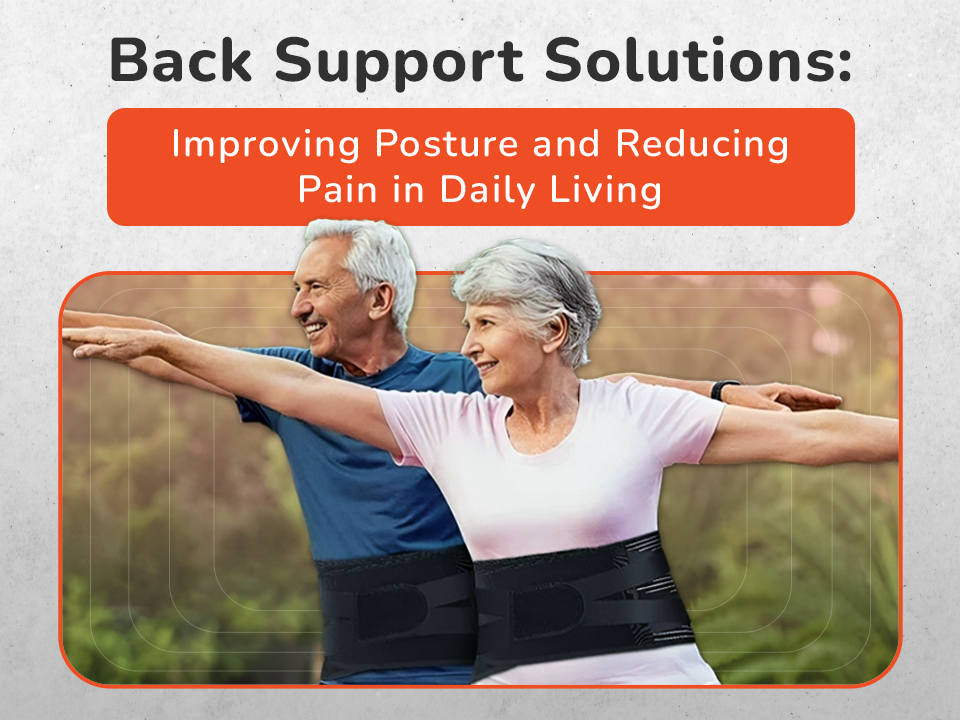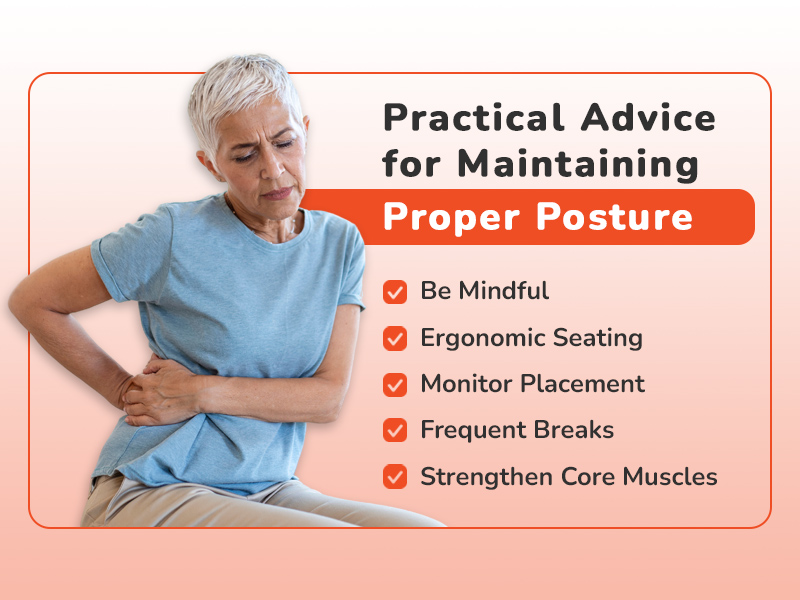Elbow Braces 101: When and How to Use Them Effectively
Elbow pain and discomfort can significantly impact our daily lives, hindering simple tasks and activities. In such situations, elbow braces can be valuable allies in relief and support. This comprehensive guide will explore everything you need to know about elbow braces, from their types and benefits to when and how to use them effectively. Whether you’re dealing with an injury or medical condition or seeking extra support for your elbows, this guide will help you make informed choices for improved elbow health.
Understanding Elbow Pain
Before delving into the world of elbow braces, it’s essential to understand the various factors that can contribute to elbow pain. Elbow pain can arise from a variety of causes, including:
- Overuse: Elbow pain often arises from overuse, especially in individuals who engage in repetitive activities or motions. Conditions like tennis elbow (lateral epicondylitis) and golfer’s elbow (medial epicondylitis) are prime examples. These conditions develop when the tendons and muscles around the elbow are subjected to constant strain, causing pain and discomfort.
- Injuries: Acute injuries can result in various forms of elbow pain. Falls, direct impacts, or accidents can lead to strains, sprains, or even fractures in the elbow joint. These injuries can cause immediate pain and require prompt medical attention.
- Medical Conditions: Certain conditions can contribute to chronic or recurring elbow pain. Both arthritis and rheumatoid arthritis can affect the elbow joint, leading to pain and reduced mobility. Bursitis, an inflammation of the small fluid-filled sacs (bursae) near the joint, can also result in elbow discomfort. Additionally, nerve compression conditions like cubital tunnel syndrome can cause persistent elbow pain and numbness.
- Sports or Work: Individuals involved in sports requiring repetitive arm motions or physically demanding jobs may be at a higher risk of developing elbow pain. Sports like tennis, golf, and baseball can strain the elbow due to the frequent and strenuous use of the arm. Similarly, professions that involve repetitive hand and arm movements can lead to overuse injuries and elbow pain.
Understanding the root cause of your elbow pain is the first step in effectively managing and treating it. It’s essential to consult with a healthcare provider or orthopedic specialist to receive an accurate diagnosis and develop an appropriate treatment plan. Elbow braces can play a valuable role in alleviating pain and promoting healing. Still, their effectiveness is often optimized when used in conjunction with a comprehensive treatment approach tailored to your specific condition.
The Role of Elbow Braces
Elbow braces are specialized medical devices designed to provide support, stability, and relief to the elbow joint. These braces come in various types and designs, each serving specific purposes. The primary functions of elbow braces include:
- Pain Relief: Elbow braces serve as effective tools for pain management. They are designed to reduce discomfort associated with various elbow conditions, including overuse injuries, strains, sprains, and chronic conditions. These braces help alleviate pain and minimize discomfort during every day activities by providing gentle compression and support to the affected area.
- Support and Stability: Elbow braces offer valuable support to weakened or injured elbow muscles and tendons. This support is particularly beneficial for individuals with tennis or golfer’s elbow, where the tendons become strained and inflamed. The brace helps stabilize the affected area, allowing individuals to engage in daily tasks and physical activities with reduced pain and improved function.
- Protection: Elbow braces act as protective barriers for the joint. They are essential, especially during activities that involve repetitive arm movements or potential impact on the elbow. Sports like tennis, golf, or weightlifting strain the elbow, making it susceptible to injuries. Elbow braces provide an added layer of protection, reducing the risk of further injuries or aggravation of existing conditions.
- Enhanced Healing: For individuals recovering from elbow injuries or surgeries, elbow braces play a crucial role in healing. These braces immobilize and protect the joint, preventing excessive movement that could hinder healing. By providing stability and support, elbow braces contribute to a smoother and more efficient recovery.
It’s important to note that the effectiveness of an elbow brace depends on several factors, including the type of brace used, the specific condition being addressed, and how well the brace is fitted and worn. Consulting with a healthcare provider or orthopedic specialist is recommended to ensure you select the most suitable elbow brace and use it correctly for your unique needs.
Types of Elbow Braces
Elbow braces are available in various types, each designed to address specific needs and conditions. Understanding the different types of elbow braces can help individuals choose the most suitable one for their situation. Here are some common types of elbow braces:
- Compression Sleeves: These elbow sleeves provide mild compression, which can help reduce swelling and provide support for minor elbow pain. They are often used for conditions like mild tendonitis or general elbow discomfort.
- Tennis Elbow Braces: These braces are specifically designed to target lateral epicondylitis, commonly known as tennis elbow. They typically feature a strap that applies pressure to the tendons on the outer part of the forearm. Tennis elbow braces can help alleviate pain and reduce strain during activities that involve gripping and lifting.
- Golfer’s Elbow Braces: Similar to tennis elbow braces, golfer’s elbow braces are designed to address medial epicondylitis, also known as golfer’s elbow. These braces provide targeted compression to the inner side of the forearm, helping to relieve pain and discomfort associated with this condition.
- Hinged Elbow Braces: Hinged elbow braces are more robust and feature hinges that provide additional support and stability. They are often recommended for moderate to severe elbow injuries or conditions where immobilization and controlled movement are necessary for healing.
- Elbow Immobilizers: These braces are designed to restrict elbow movement entirely. They are commonly used after surgeries or in severe elbow injuries where complete immobilization is required for proper healing. Elbow immobilizers help protect the joint and prevent unnecessary strain.
- Custom-Fit Braces: For individuals who require a precise fit and maximum support, custom-fit elbow braces are an option. These braces are tailored to an individual’s specific measurements and needs, ensuring optimal comfort and effectiveness.
When choosing an elbow brace, it’s essential to consider the nature and severity of your elbow condition and any recommendations from a healthcare provider or orthopedic specialist. Properly selecting and using the right type of elbow brace can significantly contribute to pain relief, support, and overall elbow health.
When to Use an Elbow Brace
Knowing when to use an elbow brace is crucial for effectively managing pain, promoting healing, and preventing further injury. Here are situations in which using an elbow brace may be beneficial:
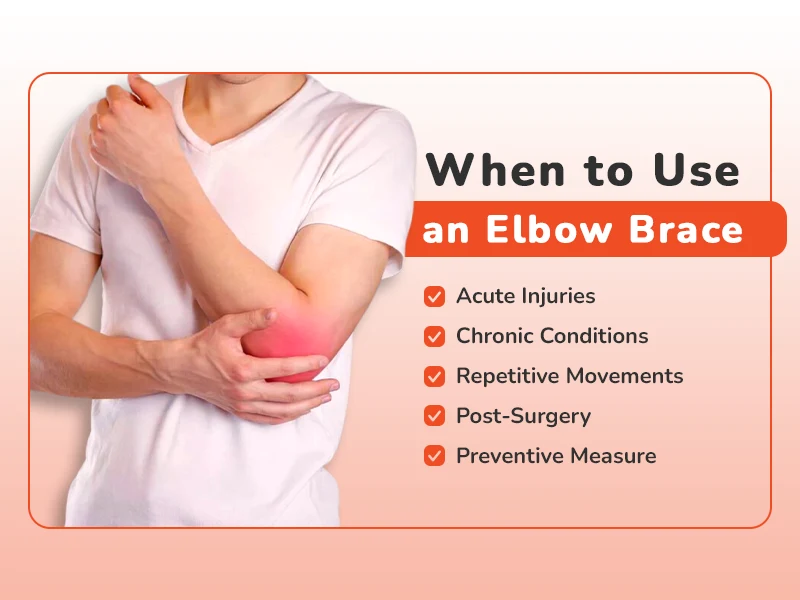
- Acute Injuries: An elbow brace can be essential after experiencing a sudden injury or strain to the elbow, such as a fall or impact. It helps immobilize the joint, reducing the risk of exacerbating the injury and supporting the healing process.
- Chronic Conditions: Individuals with chronic conditions like arthritis that affect the elbow joint can benefit from wearing an elbow brace. The brace provides support, reduces pain, and helps manage inflammation during flare-ups.
- Repetitive Movements: If your daily activities or sports involve repetitive elbow movements, using a brace can help prevent overuse injuries. It offers extra stability and support to the joint, reducing the strain caused by repetitive actions.
- Post-Surgery: After undergoing elbow surgery, wearing an elbow brace is often recommended during the recovery period. The brace immobilizes the joint, promotes healing, and prevents excessive movement that could disrupt the surgical site.
- Preventive Measure: Athletes and individuals engaged in activities that put them at risk of elbow injuries can use braces preventively. Wearing a brace during sports or other physically demanding activities can reduce the chances of injury and provide added stability and protection to the elbow joint.
It’s important to consult with a healthcare provider or orthopedic specialist when considering an elbow brace. They can guide you on whether a brace suits your specific situation and recommend the most appropriate type based on your needs and condition. Using an elbow brace in the right circumstances can improve pain relief, injury prevention, and overall health.
Read More: Elbow Braces: Your Guide to Enhanced Recovery and Support
How to Use Elbow Braces Effectively
Effectively using an elbow brace is crucial for getting the most out of its benefits. Follow these essential tips to ensure you use your elbow brace correctly:
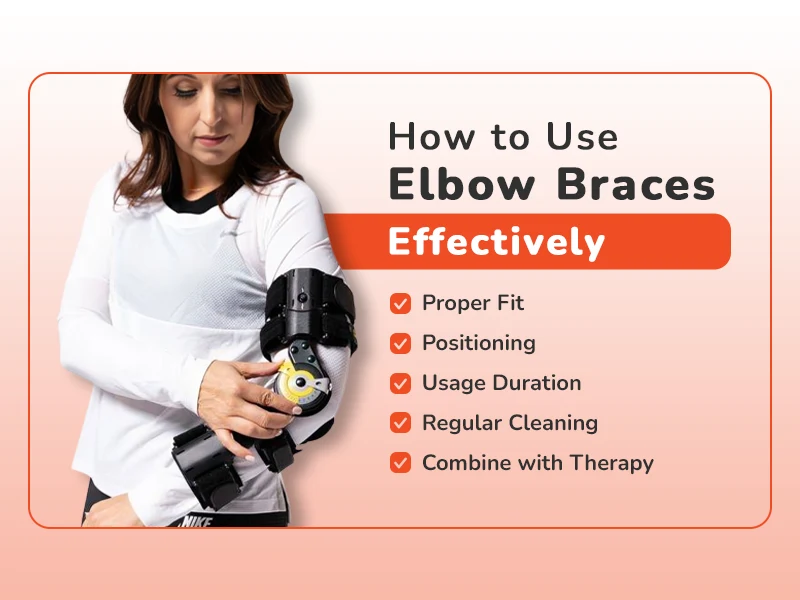
- Proper Fit: Choosing the right size for your elbow brace is essential. Ensure that it fits snugly but not too tight. Follow the manufacturer’s sizing guidelines; if you’re uncertain, consult a healthcare professional for guidance. A well-fitted brace provides the right support without causing discomfort or circulation issues.
- Positioning: Position the brace correctly over the affected area of your elbow. Align it with the elbow joint to ensure it provides targeted support where needed most. Proper positioning ensures that the brace effectively addresses your condition or injury.
- Usage Duration: Follow your healthcare provider’s advice on how long to wear the brace daily. It’s essential to adhere to their recommendations to avoid over-reliance on the brace and to allow your elbow to regain strength naturally.
- Regular Cleaning: Maintain proper hygiene by regularly cleaning your elbow brace. Use mild soap and water to clean the brace’s fabric or material. Keeping the brace clean helps prevent skin irritation and ensures it remains in good condition for extended use.
- Combine with Therapy: In many cases, using an elbow brace with physical therapy exercises can lead to better results. Physical therapy can help improve the strength and flexibility of the elbow joint, while the brace provides additional support. Consult with a healthcare provider or physical therapist to create a tailored exercise plan that complements the use of your elbow brace.
By following these tips, you can use your elbow brace effectively and increase your chances of experiencing pain relief, improved stability, and faster recovery from elbow injuries or conditions. Always consult a healthcare professional for guidance specific to your situation to ensure the most effective use of your elbow brace.
Conclusion
Elbow braces can be valuable tools in managing elbow pain and promoting recovery. Understanding the types of braces, when to use them, and how to wear them correctly is essential for their effectiveness. Whether dealing with an injury or medical condition or simply looking for extra support, elbow braces can significantly affect your comfort and elbow health. Always consult a healthcare professional for the most suitable brace for your needs.

